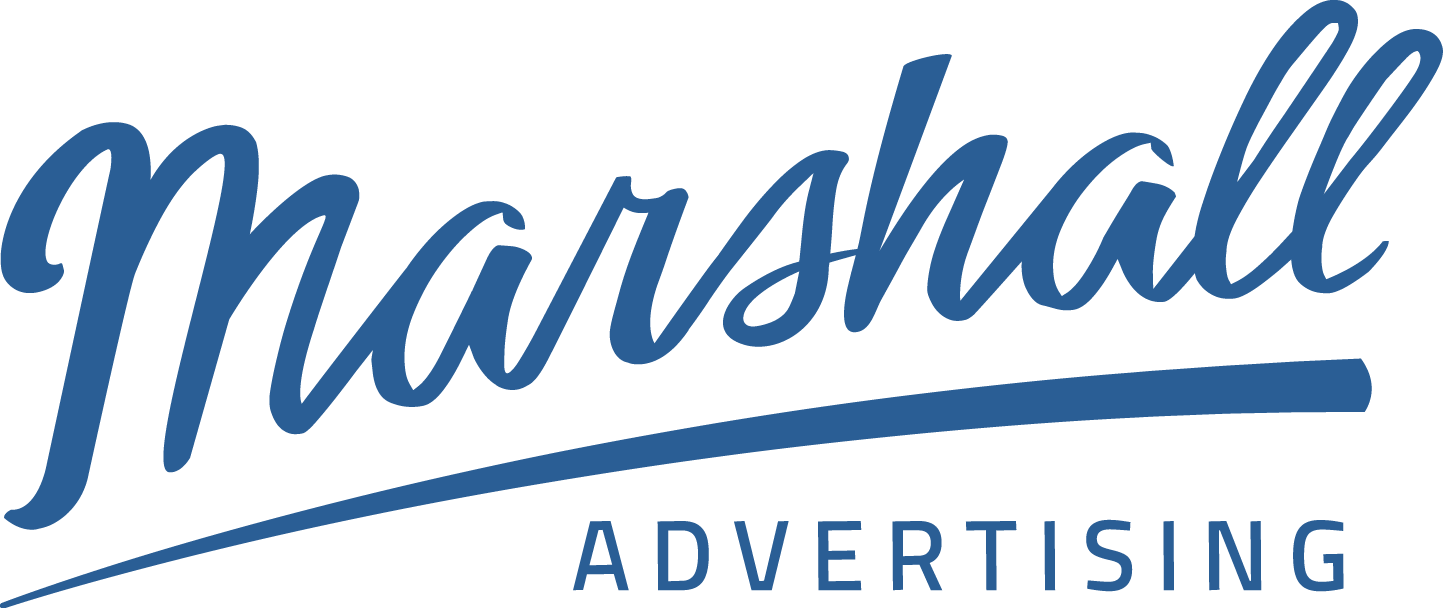From its origins in the study of electromagnetic waves to today’s on-demand streaming platforms, radio has proven itself as one of the most resilient and adaptable forms of media. At Marshall Advertising, we’ve seen firsthand how radio advertising continues to evolve, proving its relevance in an ever-changing media landscape. This National Radio Day, we’re reflecting on radio’s journey—from early broadcasts to modern streaming—and why it remains a reliable and effective medium for advertisers.
The Early Signals of Radio Advertising
Radio began as a vital tool for military and marine communication, but its potential for mass communication quickly became evident. On November 2, 1920, KDKA in Pittsburgh made history with the first commercial AM broadcast—launching a tradition that transformed how the world listened.
That moment marked more than a technological breakthrough—it laid the foundation for radio advertising. Businesses could now reach audiences in real time, connecting with households across towns and cities through music, news, and brand messages. Radio became a medium that built community, informed the public, and entertained millions.
The FM Revolution and Music Advertising
Fast forward to the mid-20th century, and FM radio’s superior sound and reduced static revolutionized music broadcasting. FM offered higher-quality audio, giving listeners a more immersive experience and allowing advertisers to place messages in an engaging, trusted environment.
FM radio reshaped culture and advertising alike. Stations became trendsetters, audiences grew loyal, and brands discovered that messages delivered alongside popular programs created strong connections with listeners.
Satellite Radio Expands Advertising Reach
The late 20th and early 21st centuries introduced satellite radio, offering nationwide coverage and a wealth of niche programming. Signals from satellites meant geography was no longer a limitation, and advertisers could reach highly targeted audiences anywhere in the country.
Satellite radio proved that radio advertising could combine personal connection with broad reach, connecting brands with engaged audiences while reaching a national scale.
The Digital Streaming Era and Modern Audio Advertising
Today, digital streaming platforms like Spotify, Apple Music, Pandora, and online radio stations have expanded radio’s reach beyond traditional signals. Listeners can access playlists, podcasts, and live simulcasts anytime, on any device.
For advertisers, this evolution allows precise targeting based on listener demographics, habits, and context, while offering measurable results. Media buyers at Marshall Advertising integrate both traditional and digital radio advertising to create campaigns that reach audiences consistently and effectively.
Why Radio Advertising Still Delivers Results
Even in 2025, radio remains an effective advertising medium—whether over AM/FM, satellite, or streaming. Here’s why:
- Reach: Despite digital competition, radio reaches millions daily, especially commuters and in-car listeners.
- Affordability: It offers a cost-effective way for businesses, especially local ones, to deliver impactful messages.
- Local Connection: Stations often have deep community ties, making campaigns feel personal and relevant.
- Immediacy & Frequency: Ads can be produced and aired quickly for timely promotions, with repeated exposure boosting recall.
- Personal Connection: Listener loyalty to favorite hosts adds credibility, making personality endorsements highly effective.
For advertisers, the essence of radio remains unchanged: it’s immediate, personal, and connects. Radio advertising continues to deliver measurable results across all formats and technologies.
This National Radio Day, we’re celebrating more than history—we’re celebrating resilience. Radio has survived a century of change while continuing to inform, entertain, and connect audiences.
At Marshall Advertising, we work with clients to place ads across traditional broadcasts, satellite, and streaming platforms, ensuring messages reach audiences wherever they listen.





